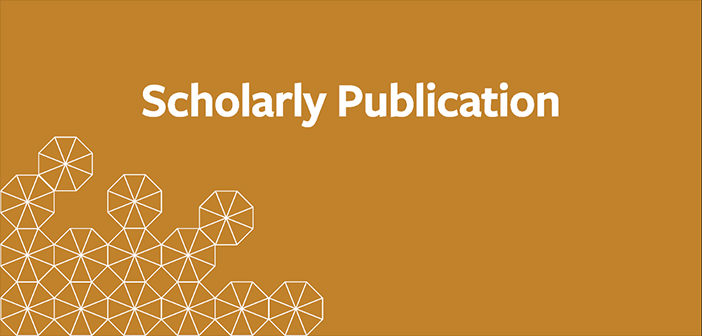Citation
California Public Employee Relations Journal, 128:13-21. February 2008.
Abstract
As public employees, elementary and secondary school teachers have the enormous responsibility of educating our youth,and much hinges on their success.Teacher quality is the most important input schools contribute to the academic success of their students.1 The ability of school officials to recruit and retain highly effective classroom teachers is a struggle in many school districts throughout the United States. For decades now, a small and declining fraction of the most cognitively skilled graduates choose to become teachers,2 while rigorous national standards and school-based accountability for student performance have pushed the demand for talented teachers to an all-time high.
Prolific career opportunities have made it increasingly difficult to attract the best and the brightest into the profession. Professional women, historically afforded limited choices outside of teaching, have increasingly diverse career prospects. Attractive pay and compensation structures are part of the appeal of these ever- expanding opportunities. For this reason, it is important to ask whether teacher pay has kept up with that of other professions available to college graduates today. This article presents empirical evidence from several sources that documents relative teacher pay in a present and historical context.

